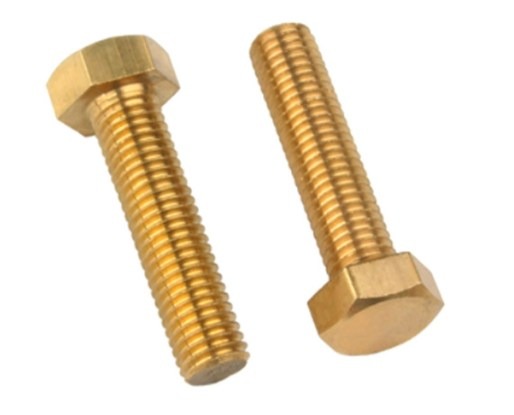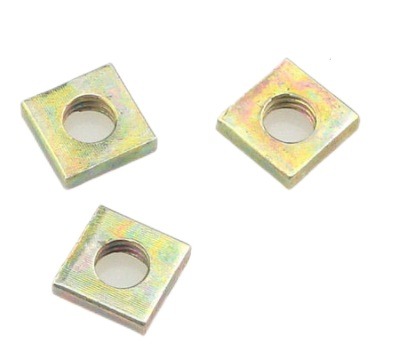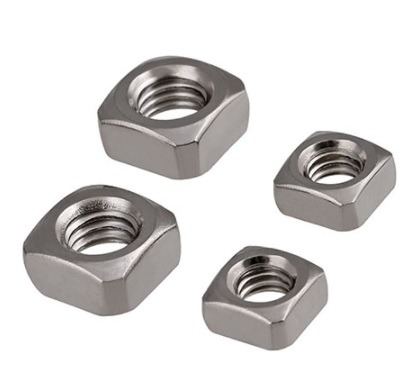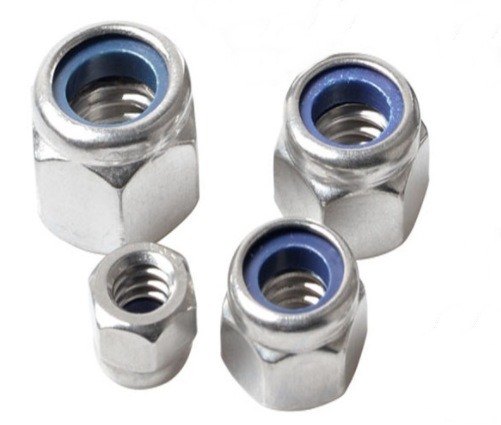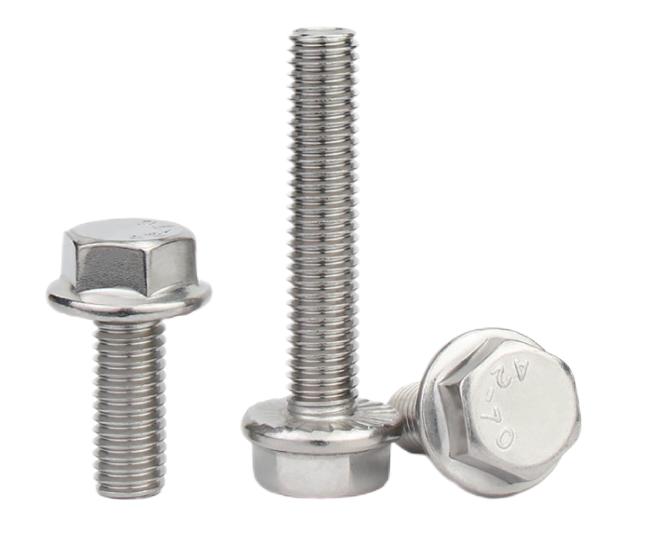What Is A Stud
A stud generally refers to double-ended studs, which are cylindrical fasteners with threads on both ends.
For threaded fasteners, not only a certain anti-corrosion ability is required in use, but also the interchangeability of threads must be guaranteed. Studs generally require surface treatment, and there are many types of surface treatment. The common ones are electroplating, oxidation, blackening, phosphating, and so on.
What is the Difference Between a Bolt and a Stud?
The difference in use:
The use of bolts: cylindrical threaded fasteners for matching nuts. A type of fastener consisting of two parts, a head and a screw (a cylinder with external threads). If the nut is unscrewed from the bolt, the two parts can be separated again, and the bolt connection is a detachable connection.
The purpose of the stud: there is no head, only a type of fastener with external threads at both ends. When connecting, one end of it must be screwed into a part with an internal thread hole, and the other end must pass through a part with a through the hole, and then screw on a nut to make the two parts tightly connected into a whole. This type of connection is called a stud connection, and it is also a detachable connection.
It is mainly used in occasions where one of the parts to be connected has a large thickness and requires a compact structure, or where bolt connection is not suitable due to frequent disassembly.
What Are the Different Types of Studs?
Studs can be divided into four common categories, and there are special stud variants for different purposes. Knowing the types of studs can help you choose the best stud for your needs.
Double end studs: Double end studs are those that have equal length threads at both ends to accommodate the nut, with an unthreaded section between the two threaded ends. Studs should be used with nuts and washers for two connected parts with through holes.
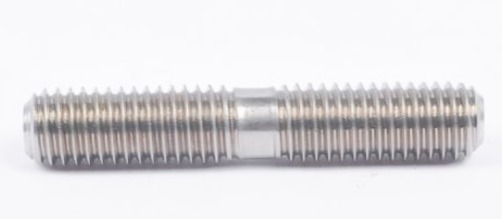
Tap End Studs: Tap End Studs are studs that have a short thread on one end to screw into a threaded hole and a longer thread on the other end, called the nut end, to accommodate a nut.
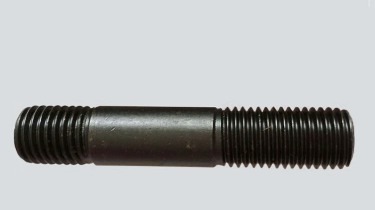
Fully threaded studs: Fully threaded studs have threads from start to finish and are often used to fasten large parts together.
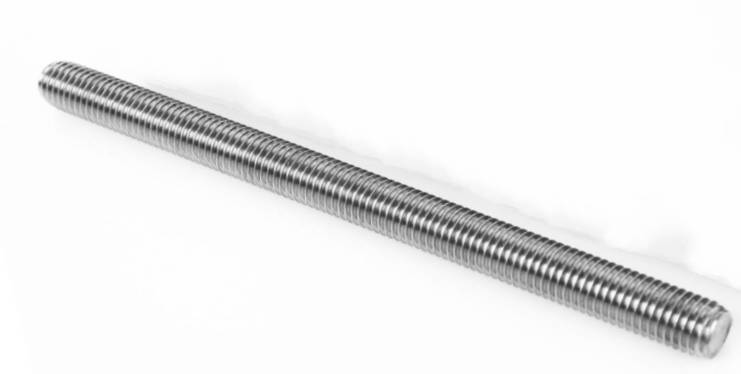
Special stud: It is a special thread made for some special purposes. Includes single-ended threaded studs, welded studs, corrugated studs, and more.
What Are the Materials Commonly Used for Studs?
At present, there are three main materials for standard parts on the market: carbon steel, stainless steel, and copper.
(1) Carbon steel. Including low carbon steel, medium carbon steel, high carbon steel and alloy steel.
1. Low carbon steel C%≤0.25%. Foreign countries are basically called 1008, 1015, 1018, 1022 and so on. Mainly used for grade 4.8 bolts and grade 4 nuts, small screws and other products without hardness requirements.
2. Medium carbon steel
3. High carbon steel C%>0.45%. Basically unused in the market
4. Alloy steel. Add alloy elements to plain carbon steel to increase some special properties of steel: such as 35, 40 chromium molybdenum, etc.
(2) Stainless steel. Performance class: 45, 50, 60, 70, 80
Mainly divided into austenite (18%Cr, 8%Ni) has good heat resistance, good corrosion resistance and good weldability.
A1, A2, A4 martensite, 13%Cr has poor corrosion resistance, high strength and good wear resistance.
C1, C2, C4 ferritic stainless steel.
At present, imported materials on the market are mainly Japanese products. According to the level, it is mainly divided into SUS302, SUS304 and SUS316.
(3) Copper. Commonly used materials are brass, zinc-copper alloy. H62, H65 and H68 copper are mainly used as standard parts in the market.
Summarize:
KENENG can customize fasteners of different materials and functions according to the specific needs and drawings of customers. If you need them, please feel free to contact us.



